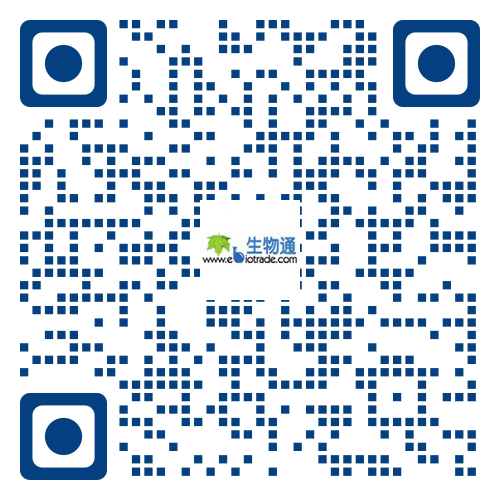
-

生物通官微
陪你抓住生命科技
跳动的脉搏
PNAS:华人学者开发单细胞印刷术
【字体: 大 中 小 】 时间:2014年03月13日 来源:生物通
编辑推荐:
对于细胞功能研究来说,能够高效建立能兼容多种细胞类型,并维持细胞活性的高精度单细胞阵列很重要。不过,目前的技术还很难同时满足上述要求。为此,科学家们开发了一个新型微流体装置。
生物通报道:对于细胞功能研究来说,能够高效建立能兼容多种细胞类型,并维持细胞活性的高精度单细胞阵列很重要。不过,目前的技术还很难同时满足上述要求。为此,科学家们开发了一个新型微流体装置。
在传统的细胞培养系统中,培养皿内的细胞是随机分布的。如果你想要精确定位这些细胞,控制它们的间隔、排列及相互作用,那应该怎么办呢?一般细胞培养无法提供这一层面上的控制,但一个微流体单细胞印刷装置可以帮你做到这一点。
休斯敦卫理公会研究所的秦立冬博士(音译Lidong Qin)及其同事,在木板印刷术的启发下,设计了单细胞印刷装置BloC-Printing(Block-Cell-Printing)。这项研究发表在美国国家科学院院刊PNAS杂志上。秦博士早年毕业于吉林大学,在那里取得了学士学位(化学)和硕士学位(高分子化学和物理学)。之后又在美国西北大学获得了化学博士学位。
木板印刷技术非常古老,是指在刻有图案的木板上涂墨水,并将图案按压到纸上。BloC-Printing就相当于是木板印刷术的现代分子版。
在BloC-Printing中,“木板”是一个聚二甲基硅氧烷(PDMS)制造的微流体装置,而“纸”是一个组织培养皿。在微流体装置中,细胞流经一系列管道并被钩状结构捕获,形成了模子。这样的模子可以被“印”在培养皿或载玻片上并取走,而细胞以特定模式留了下来。据作者们介绍,这一技术对细胞完全无害,“细胞活性接近100%”。
加州大学的Luke Lee教授也致力于开发用于单细胞分析的微流体工具,他称这一新方案“非常高明”。据介绍,此前的微流体设计都使用封闭的管道进行细胞捕获和培养,结果很难直接对细胞进行分离或化学干涉。而Qin的设计则利用了真空,模子可以很方便的取下。
“这项研究展示了排列细胞并进行培养的简洁途径,”Lee说,这一技术对细胞生物学研究的发展很有帮助。
Lee认为,BloC-Printing可以通过定位和监控,分析细胞间的相互作用。其他可能的应用还包括组织工程和药物研发,该技术特别适合筛选能改变细胞粘附或细胞通讯的化合物。
研究人员利用这一技术,将染色的成纤维细胞放在未染色的成纤维细胞旁边,观察了染料通过间隙连接的转移过程。文章指出,单细胞印刷装置不仅可以检测癌细胞的迁移能力,还能够兼容初级神经元。(推荐阅读:Science,生物打印的远大前程)
生物通编辑:叶予
生物通推荐原文摘要:
Block-Cell-Printing for live single-cell printing
A unique live-cell printing technique, termed “Block-Cell-Printing” (BloC-Printing), allows for convenient, precise, multiplexed, and high-throughput printing of functional single-cell arrays. Adapted from woodblock printing techniques, the approach employs microfluidic arrays of hook-shaped traps to hold cells at designated positions and directly transfer the anchored cells onto various substrates. BloC-Printing has a minimum turnaround time of 0.5 h, a maximum resolution of 5 µm, close to 100% cell viability, the ability to handle multiple cell types, and efficiently construct protrusion-connected single-cell arrays. The approach enables the large-scale formation of heterotypic cell pairs with controlled morphology and allows for material transport through gap junction intercellular communication. When six types of breast cancer cells are allowed to extend membrane protrusions in the BloC-Printing device for 3 h, multiple biophysical characteristics of cells—including the protrusion percentage, extension rate, and cell length—are easily quantified and found to correlate well with their migration levels. In light of this discovery, BloC-Printing may serve as a rapid and high-throughput cell protrusion characterization tool to measure the invasion and migration capability of cancer cells. Furthermore, primary neurons are also compatible with BloC-Printing.